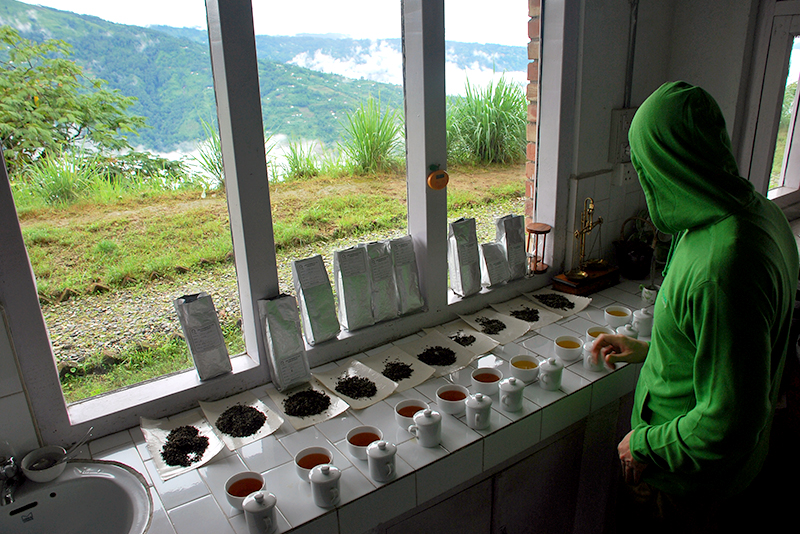Tea Crafting
Tea is a work of art and needs a master hand to bring out its noblest qualities.
– Okakura Kakuzō 岡倉 覚三 (also known as 岡倉 天心 Okakura Tenshin) (1862 - 1913) / The Book of Tea
Good agricultural practice is the foundation on which excellent teas are crafted. Jun Chiyabari was establised as an organic garden from the inception. On this we have added layers of good manufacturing practices and continual improvement. We often invite and learn from tea masters from overseas; and from across the globe our customers give us feedback which we take seriously to craft our teas.
Each type of tea goes through different methods of processing. Some types of tea may skip some processes, others types may include several intense steps within each process described depending on the season and the quality of leaves.
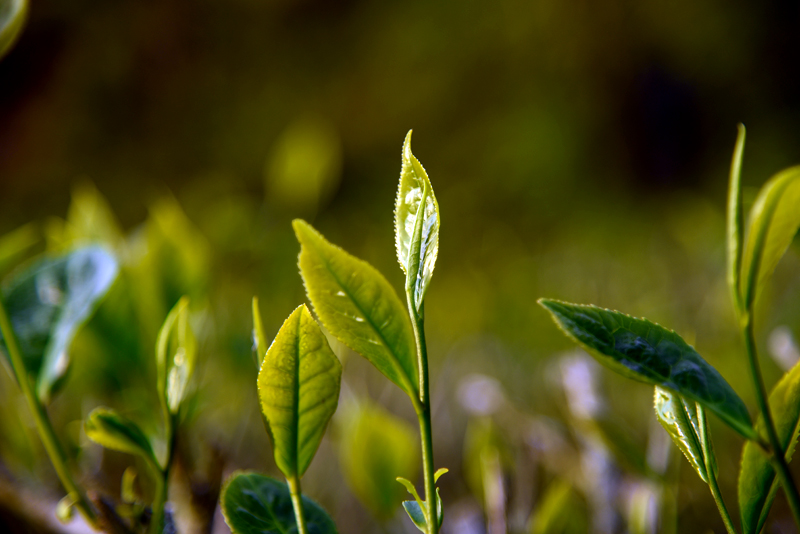
Harvesting
The first step in tea production is the harvesting the young leaves.
Arrival
On arrival at the factory, the tea master decides which type of tea to make depending on the looks, the area from which the leaves are from, the tea bush type and even the time when the leaves were plucked.
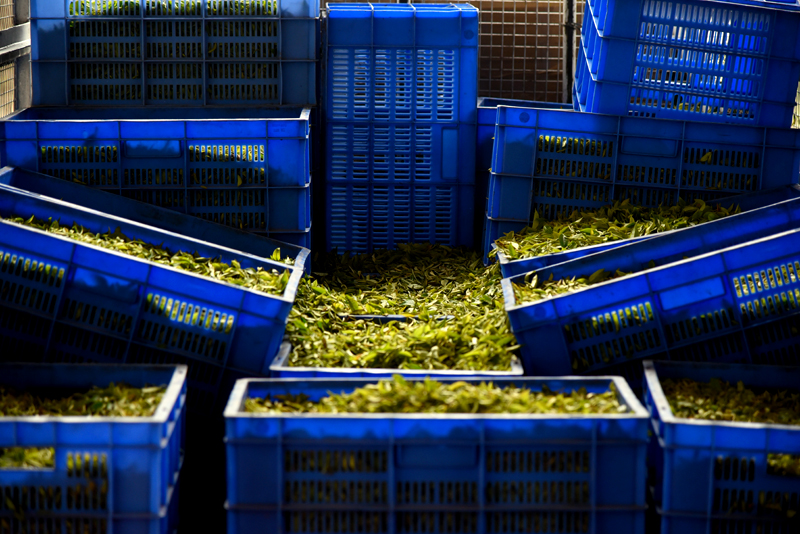

Sun Wilting
Some teas go through sun wilting process in the open.
Withering
For red/black teas, leaves are spread on vast trays or racks and left to wither.
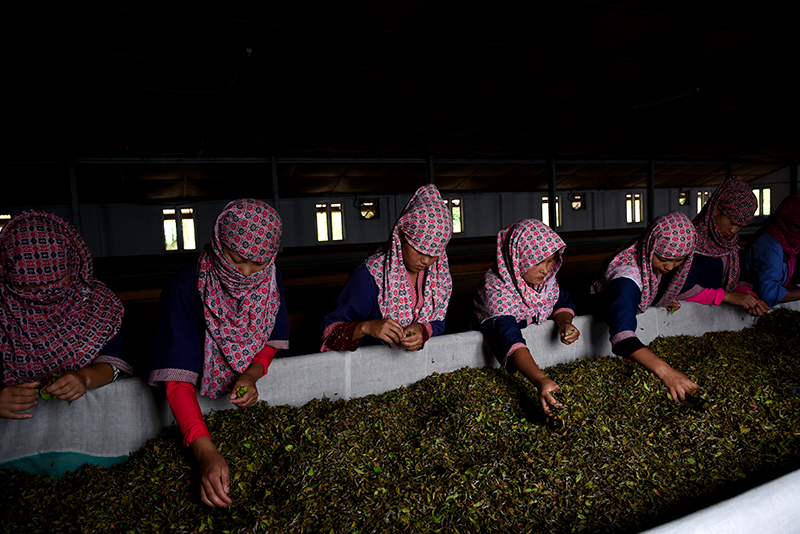
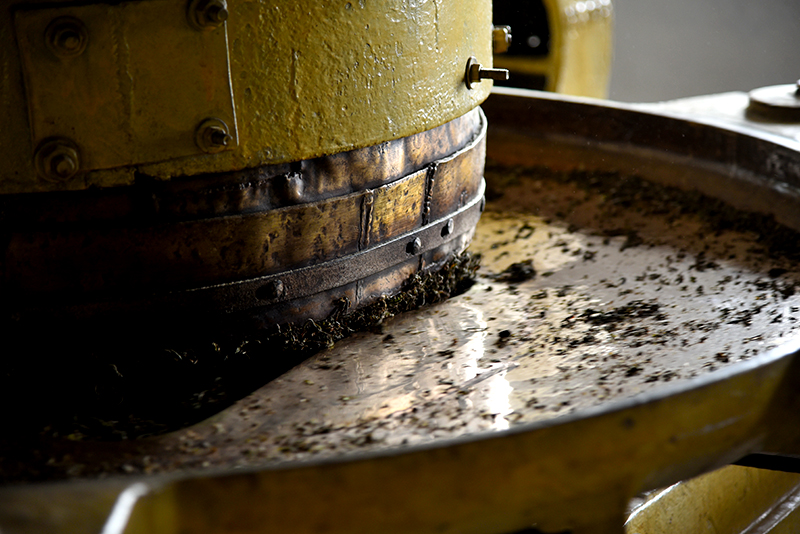
Rolling
When the leaves become limp they are then rolled either by hand or by machines to break the cells and mix together a variety of chemicals found naturally within the leaves.
Oxidisation
After rolling, the clumped leaves are broken up and set to oxidize.
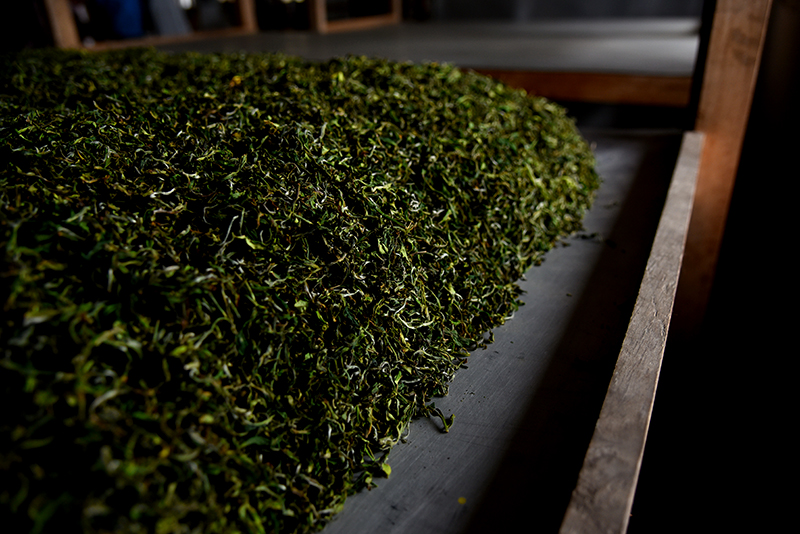
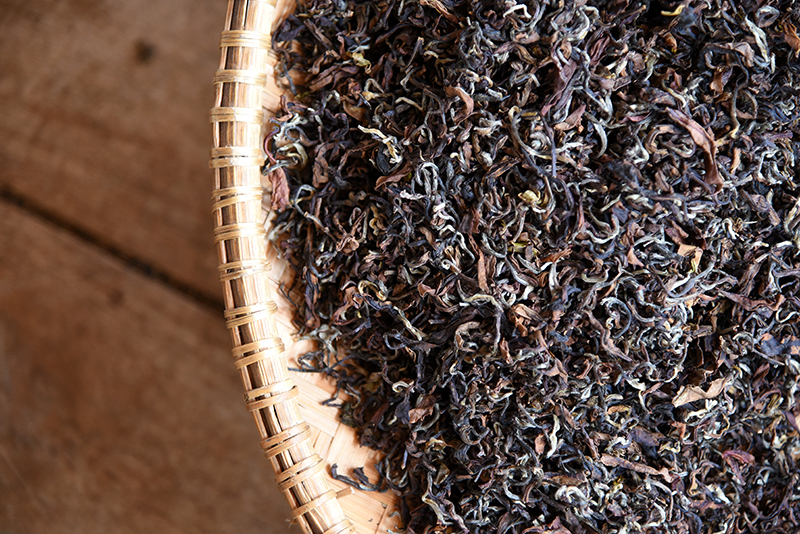
Roasting and Drying
Finally, the leaves are heated, or "fired," to end the oxidation process and dehydrate them so that they can be stored. Some teas go through multiple roasting to give it a particular character.
Tasting and Sampling
Factory tea-tasters will taste the finished make to ensure that no mistakes have been made during the manufacture or that the tea has not been contaminated by anything else inadvertently.
